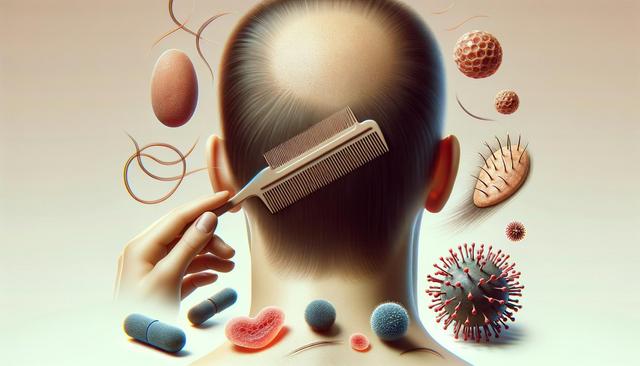Understanding the Principles of Russian Massage
Russian full body massage is rooted in a combination of Western and Eastern therapeutic traditions. It emphasizes the importance of the nervous system, blood flow, and muscular health. Unlike more rigid massage styles, Russian massage techniques are dynamic and adjust based on the client’s condition and needs. Therapists are trained to assess the body’s responses in real time, making the treatment highly personalized.
One of the defining features of Russian massage is its systematic approach. Movements are designed to stimulate specific physiological responses, such as increased lymphatic drainage or muscle relaxation. Techniques often include:
- Effleurage – light, gliding strokes to warm up the muscles
- Petrissage – kneading to release deep muscle tension
- Tapotement – rhythmic tapping to stimulate nerves and circulation
- Vibration – shaking techniques for deep relaxation
These methods are applied with varying levels of pressure to accommodate different body types and tension levels, making the massage suitable for a wide range of individuals, from athletes to those recovering from injury.
Health Benefits and Therapeutic Applications
The Russian full body massage is not only relaxing but also offers a range of therapeutic benefits. It is commonly used in rehabilitation centers, sports therapy, and wellness clinics due to its effectiveness in addressing multiple physical concerns. Some of the notable health benefits include:
- Improved circulation and oxygen supply to muscles
- Enhanced lymphatic drainage, reducing swelling and toxins
- Relief from chronic pain and muscle stiffness
- Support for recovery from sports injuries or surgeries
- Reduction in stress and anxiety through nervous system regulation
In many cases, medical professionals may recommend Russian massage as part of a treatment plan for conditions such as sciatica, arthritis, or tension headaches. The massage stimulates the release of endorphins, promoting a natural sense of well-being while supporting the body’s healing processes.
What to Expect During a Session
Walking into a Russian massage session, clients can expect a calm and therapeutic environment. Sessions typically begin with a brief consultation where the therapist discusses health history, areas of concern, and treatment goals. This ensures that the massage is tailored to meet individual needs and delivers the most benefit.
The massage is usually performed on a massage table with the client covered by a sheet or towel, exposing only the area being worked on. A typical session lasts between 60 and 90 minutes and involves the full body, including the back, legs, arms, shoulders, and neck. Techniques progress from light to deep pressure, always maintaining a rhythm that promotes relaxation and healing.
Clients are encouraged to communicate openly with the therapist about comfort levels, especially regarding pressure and temperature. Post-session, it’s normal to feel deeply relaxed or even sleepy, a sign that the nervous system has responded positively to the treatment.
Differences Between Russian and Other Massage Styles
While Russian massage shares similarities with other well-known techniques, such as Swedish or deep tissue massage, it has several unique characteristics. One key difference lies in its scientific foundation. Russian massage is heavily influenced by medical and sports science, integrating specific techniques to achieve measurable therapeutic outcomes.
Unlike some massage styles that prioritize relaxation alone, Russian massage focuses equally on treatment and prevention. Therapists are trained to assess muscle tone, joint mobility, and posture to identify underlying issues. The massage may also include movements designed to increase joint flexibility and muscle performance.
Another distinguishing factor is the use of contrast in technique. For example, a practitioner may alternate between fast and slow strokes or between light and firm pressure. This variation helps stimulate different parts of the nervous system and keeps the body engaged throughout the session.
Choosing a Qualified Russian Massage Therapist
Finding a qualified therapist is essential to experiencing the full benefits of Russian full body massage. Not all massage practitioners are trained in this specific method, so it’s important to look for someone with formal education in Russian massage techniques or experience in a clinical or rehabilitative setting.
When selecting a therapist, consider the following tips:
- Check for certifications or specialized training in Russian massage
- Read client reviews or ask for testimonials
- Ask about their experience treating specific conditions or injuries
- Ensure the facility maintains a clean and professional environment
It can also be helpful to schedule a consultation before committing to a full session. This allows you to gauge the therapist’s communication style, professionalism, and understanding of your personal goals. A good therapist will always prioritize your comfort and provide a tailored experience that aligns with your wellness needs.
Conclusion: A Balanced Path to Wellness
Russian full body massage offers a well-rounded approach to physical and mental wellness. With its emphasis on scientific technique, personalized care, and therapeutic benefit, it serves as a valuable option for individuals seeking more than just relaxation. Whether you’re managing chronic pain, recovering from an injury, or simply looking to support your overall health, this massage style can provide meaningful results when delivered by a trained professional. Consider exploring this technique as part of your regular self-care routine and experience firsthand the rejuvenating effects it can offer.


